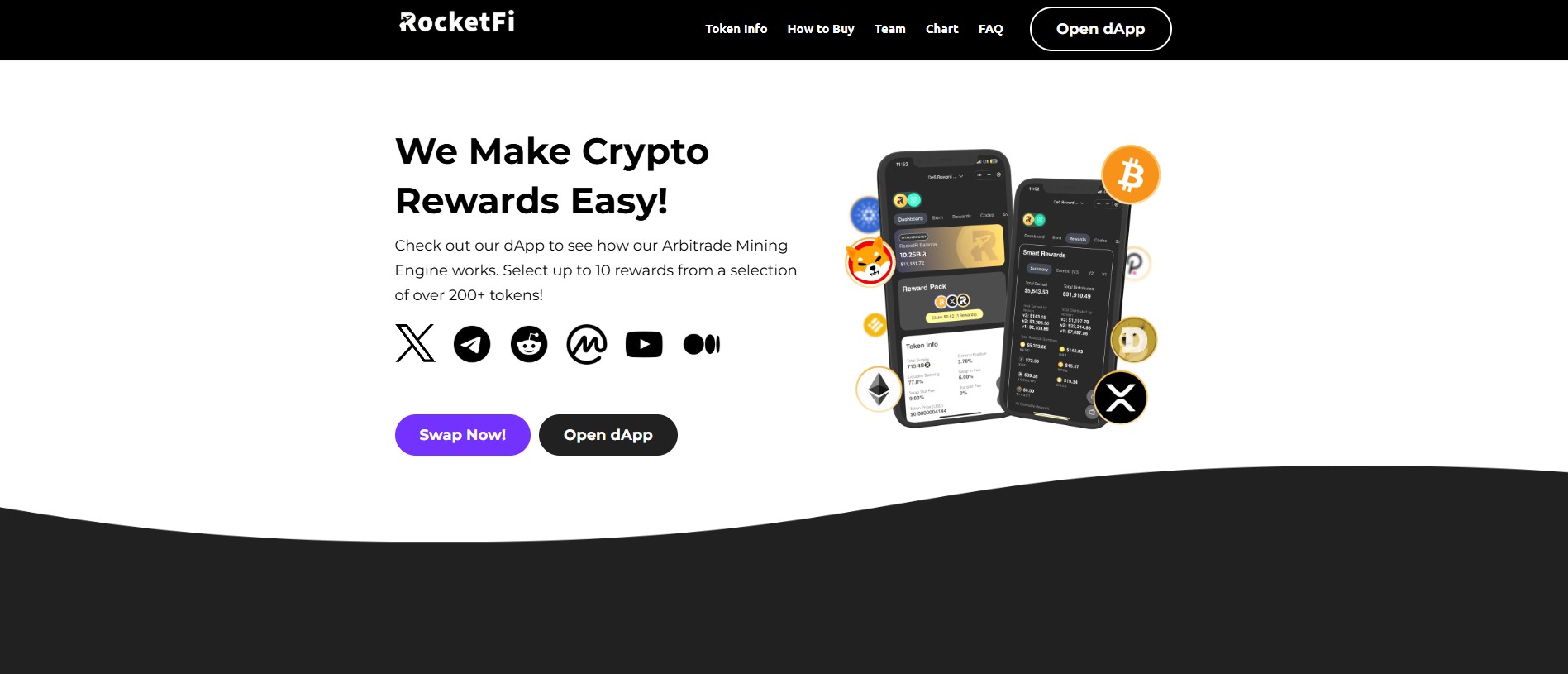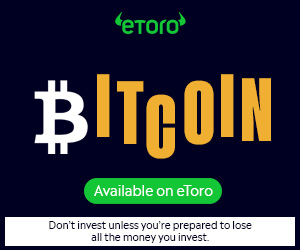
Chris: Welcome! Please tell us a bit about yourself and your background.
RocketFi Labs Team: We’re answering as the RocketFi Labs Team. RocketFi isn’t just one person — it’s a collective effort from builders, designers, and community veterans who have been in crypto since the early SafeMoon era. Our backgrounds range across engineering, cybersecurity, finance, and entertainment/media.
From the engineering side, we focus on smart contract design, upgradeability, and security guardrails.
From the financial and analytical side, we built systems like the Arbitrage Mining Engine and reward mechanics to be sustainable and scalable.
From the creative and entertainment side, we’ve shaped RocketFi’s meme culture, education campaigns, and community-first voice.
Together, this mix gives RocketFi both technical strength and cultural relatability, two things we believe every successful Web3 project needs.
Chris: What was the original spark behind RocketFi?
RocketFi Labs Team: The spark came from frustration with traditional staking and reflection systems. Most reward tokens either lock users into rigid mechanics or rely on unsustainable buy pressure. We wanted to flip that by creating a dynamic reward layer where people earn passively without staking, without lockups, and without endless hype cycles. That’s how RocketFi was born.
Chris: What is the Arbitrage Mining Engine, and how does it differ from other systems?
RocketFi Labs Team: Arbitrage Mining is RocketFi’s heartbeat. Instead of taxing every trade and redistributing it like most reflection tokens, RocketFi feeds off arbitrage volume across 50+ liquidity pairs.
When traders swap between pairs, small inefficiencies emerge.
RocketFi captures those movements and cycles them back into the ecosystem as rewards.
This creates a sustainable “Decentralized Arbitrage Network” where the market itself powers rewards, rather than relying on endless new buyers.
Chris: With up to 10 simultaneous reward tokens, how do users behave?
RocketFi Labs Team: It’s been fascinating to watch. Some users go heavy on diversification, splitting across BTC, ETH, DOGE, stablecoins, even meme tokens, almost like building a mini index fund. Others stick to one or two core assets they believe in most. The point is RocketFi doesn’t force the choice; it lets the user control how passive income fits into their personal strategy.
Chris: EarnPay: “cashback for crypto transfers” is unique. How did that come about?
RocketFi Labs Team: We noticed people send crypto daily: tips, payments, even just moving funds. Those transactions usually create zero value for the sender. EarnPay gamifies that by rewarding transfers. Suddenly, sending $20 in crypto isn’t just an expense, it’s a chance to earn rewards. That “cashback for crypto” model makes blockchain utility feel more tangible, and yes, we see it as a bridge for mainstream adoption.
Chris: Why RocketFuel points as loyalty mechanics instead of a token?
RocketFi Labs Team: Because not everything needs to be tokenized. A second token would create price speculation, which distracts from its purpose. RocketFuel is pure utility: a loyalty-weighted system tied to burns and long-term holder engagement. It avoids liquidity risks while still giving the community a way to “power up” their voice and rewards in the system.
Chris: Why no staking — just holding?
RocketFi Labs Team: Two reasons:
1. Frictionless UX - new users shouldn’t need to learn DeFi staking rituals just to earn.
2. Security - staking contracts introduce risks, from exploits to centralization issues. By giving RocketFi the ability to self-reflect or letting the user choose from other reward options, holders keep fully custody of their tokens.
Chris: Zero transfer tax sounds bold. How does that balance out?
RocketFi Labs Team: Most DeFi projects survive on transaction taxes. RocketFi doesn’t need them because the Arbitrage Mining Engine funds rewards. That allows us to keep transfers free, which is critical for EarnPay and normal user adoption without starving the ecosystem.
Chris: How do you decide which reflection tokens to support?
RocketFi Labs Team: We currently support 200+ tokens, from blue chips like BTC and ETH to community favorites like SHIB and CAKE. Selections are based on liquidity depth, stability, and community demand. Increasingly, we see projects approaching us because being on RocketFi’s list means exposure and organic buy pressure from our reward system so yes, partnerships are emerging.
Chris: How has your team’s diverse background shaped RocketFi?
RocketFi Labs Team: Our team mixes engineering precision, cybersecurity awareness, and a strong sense of storytelling from the entertainment world. That’s why RocketFi is both technically robust (security-first, upgradeable without proxies) and community-friendly (educational campaigns, meme-driven content). The mix keeps us grounded while still fun.
Chris: If RocketFi succeeds at scale, what’s the bigger vision?
RocketFi Labs Team: If we succeed, we want to reshape how people see rewards in Web3. Right now, most think of passive income as staking or farming.





 usdt
usdt bnb
bnb

